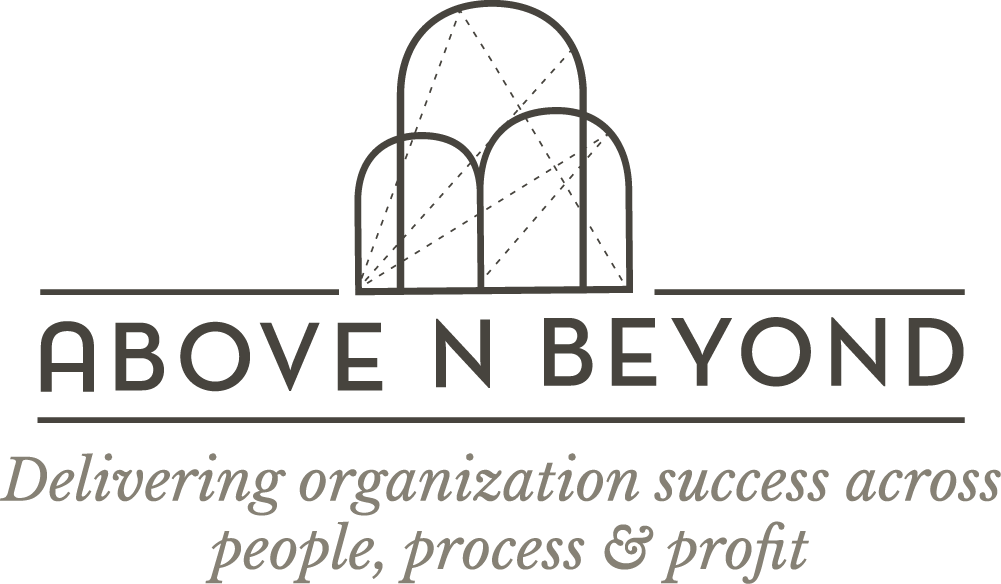
Walking the Talk: Employees living your #Brand
While all companies create and articulate a set of stated values, vision and mission (the #brand that the organization wants to be known for), ensuring that these translate into the company’s daily operations and decision making is a whole other matter.
November 26, 2008, was a black day in our country’s history. India faced one of the most audacious terrorist attacks in recent history which targeted some prominent, high-profile locations of Mumbai. Through all the mayhem and anguish, one extraordinary thing emerged. It was the bravery of the staff at the Taj Hotel, one of the targets of the attack.
Throughout the ordeal, the Taj employees conducted themselves like the officers of our armed forces. They all operated with the sole objective of protecting their guests, helping them escape; endangering and even sacrificing their own lives in the process. From the kitchen staff members who formed a human shield to protect guests who were evacuating to Karambir Singh Kang, the general manager of the Taj, who worked to save people even after learning of the death of his wife and two sons to the telephone operators who refused to abandon their posts and worked continuously to inform hotel guests about the attack, each member of the staff showed an unwavering commitment to the safety of their guests.
Such behaviour cannot possibly be the result of an employee manual, posters of values, or ‘visioning exercises’. An explanation for the motivation of the Taj employees has been captured in a Harvard Business School case study.
A quick summary: Taj takes immense pride in its employees. Taj lets them know that. The employees respond. In some unfortunate cases at the cost of their lives.
In our earlier posts, we have talked about how employer brands need to be real and discussed the characteristics of our favourite iconic brands. But the question remains: How can you ensure that your brand values percolate down and become a part of your people’s behavior?
Our punt, its culture. Culture endures and attracts its own tribe. The members take it forward because they own it.
Over a 100 years ago IBM filed the patent for a “punched card tabulating machine” (for people of our generation, that’s the great-great-great- great grandmother of the machine on which this article is being written and being read). In 2018, IBM received a record 9,100 patents, marking the company’s 26th consecutive year of U.S. patent leadership. How does IBM create a culture that encourages innovation and drives its people to file so many patents? For over 100 years?
Vision and intent are all-important when it comes to establishing a certain behaviour among employees.
For Canon to succeed in its single-minded campaign to ‘beat Xerox’, the first step was to establish intent and foster a desire to succeed among its employees. It did so by invoking Japanese pride and getting employees to buy into a vision of global leadership by winning against an American organization.
When it comes to ensuring that your employees accept and live your culture, there are a few things that help:
- Choose your people, carefully. Let everybody know why they were chosen: As per the Harvard case study on Taj Hotels, one of the things that seem to have worked for the company is that they selected candidates based purely on their ‘character’ rather than grades. They involved teachers at educational institutions where they were hiring to find the right people in terms of the character fit, rather than look at grades.
- Tough times don’t last, tough ‘brands’ do: In many cases, there is a disconnect between the stated values versus the actual parameters that are rewarded during the course of work. Unless employees are rewarded for living company values, (and reprimanded when they don’t) there is little chance that employees internalize the messages. It’s the tough, difficult times and decisions that show your employees, and the world, what your org stands for. What’s the ‘brand’ that the company and its members uphold.
Building a company that truly walks the talk in terms of what it stands for is not an easy task. But the right intent and the right rewards are key for their people to live and endorse this. The values the organization holds dear, the brand they want to create, has to be relevant for their employees to relate with.
